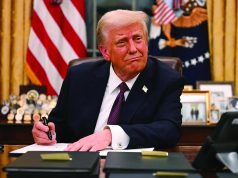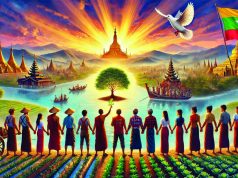The Basics
Mon State lies within just three hours drive on the east of Yangon region. Mon ethnic group was the dominant ethnic group after the Burmese, during the second Myanmar nation (King Ba Yint Naung) era. They even had a 40 years war with the Burmese. Eventually the Burmese won. Thereafter, many of the Mon people spread out to the east (Siam) and the south (Tanintharyi). More Mon speaking people now-a-days exist in these two places rather than within the Mon State itself.
The State capital is Maw La Myine (in colonial days, Maulmine). During kingdom era, it’s called Yar Ma Nya. Other big towns in the State are Kyaik Hto, Bee Lin, Tha Ton, Paung, Mu Don, Than Phyu Za Yat and Yay. Near Tha Tone, there was an old State capital of Thuwanna Bu Mi, built during kingdom days. This is exactly the name of Bangkok’s International Airport! (Suvarnabhumi).
Mon State has a tropical climate. It has temperate weather as it is located in the low latitude zone and near the sea. The state has only slight changes in temperature through the year. The average temperature of Maw La Myine in January is 78 °F (26 °C) and in April is 85 °F (29 °C). Annual rainfall in Maw La Myine is 190 inches (4.8 m) and in Tha Tone is 217 inches (5.5 m). Rain is especially heavy in July and August.
Places to Explore
The most famous place is Kyaik Htee Yoe (the Golden Rock), near the town of Kyaik Hto. It is within four hours drive from Yangon. Along the Yangon – Maw La Myine express way, you can also visit Mya Tha Bait mountain in Tha Tone and enjoy scenic views from the top of that mountain. Thereafter, why not climb the waterfall at Zin Kyaik (in Paung township)! In the same township, you can also go up the highest peak in the Mon State – Kalama mountain.
Within one hour drive from the town of Paung, you will reach the state capital of Maw La Myine. The city has quite a number of places of interest for tourists and visitors. Even for the historians, it offers many interesting Victorian colonial era buildings to explore. It is best to stay a couple of nights in the city to do the sightseeing fully.
Going further south, you will reach the town of Mu Don. The town has many unique looking mountains and famous monasteries. Further south of Mu Don, the population is predominantly of Mon ethnic group. The notable towns there include Kyaik Ka Me, Than Phyu Za Yat and Yay. The first has the famous seaside pagoda. The second one has the museum as the final station in the Death Railway built during Japanese invasion, made famous by the movie, the Bridge on the River Kwai. Yay itself is the southern most town of the Mon State, before going into the Southernmost State of Tanin Tharyi.
The Business Side
The State economy is still very much agro products based. The agriculture produce depends on whether you are on the north or the south of the state capital. From those areas on the north, the produce are mainly staples and edibles, such as rice, and various other fruits and vegetables. For the areas on the south, the main crop is rubber. You can see rows and rows of rubber plantations as you drive along the highway to the south. The road transportation is very modern in the Mon State.
The State has factories producing paper, sugar and tires in terms of manufacturing capacity. For the extractive industries it has salt, antimony and granite extractions in place. One of the major export items of the State and the country is the natural gas through the Yadanar Gas project, near the town of Yay.
The transportation options to the state include rail, coaches, bus, cars as well as once a week flight from Yangon.










